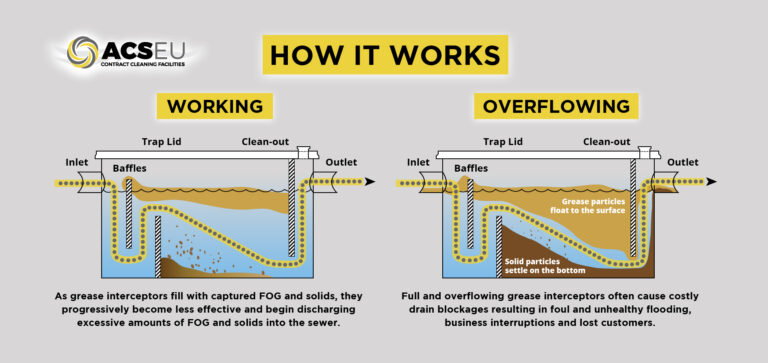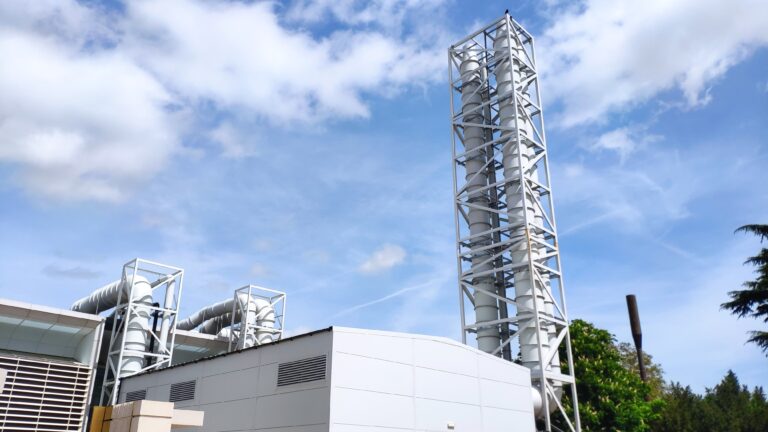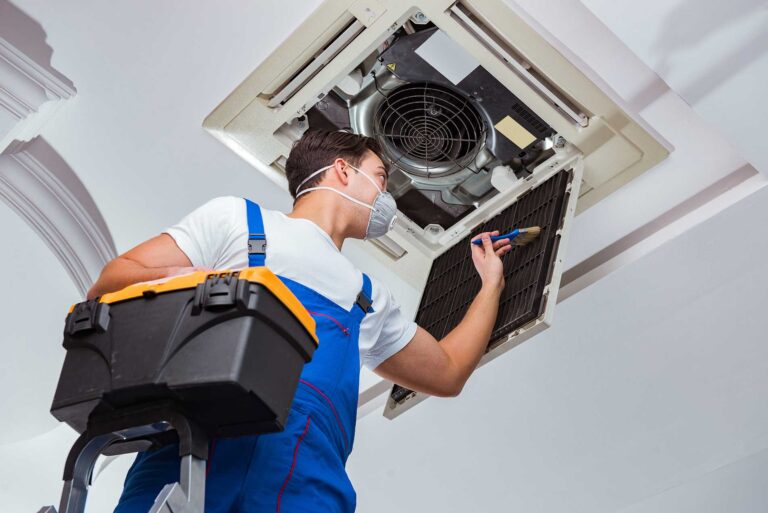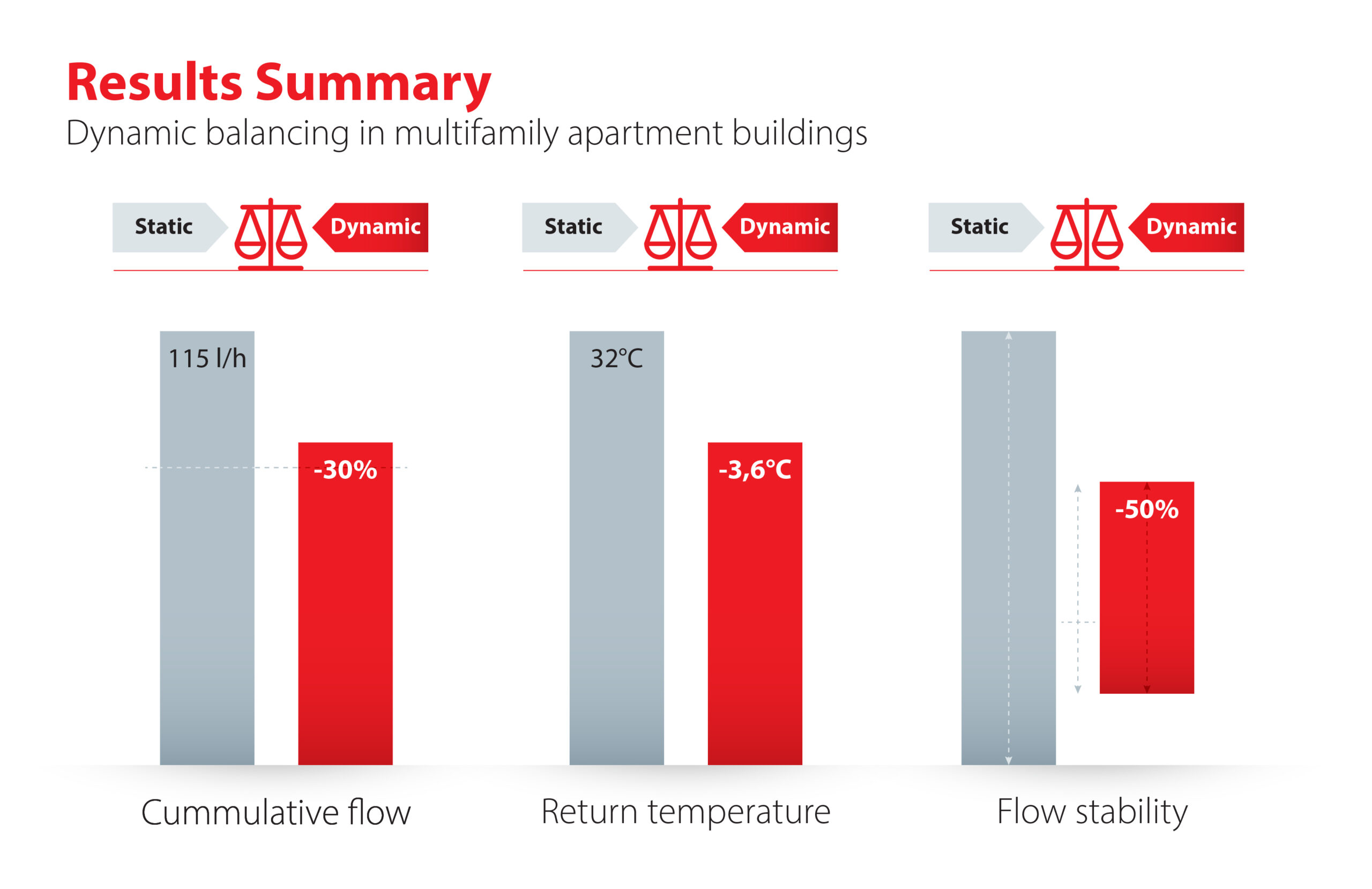
Unlocking the potential of energy retrofitting
Gareth Ash, Marketing Communications Manager at Danfoss, explores how leveraging existing technologies can optimise energy use and unlock greater performance and sustainability in commercial properties.
Renovating existing buildings and enhancing energy efficiency are critical steps toward achieving our climate targets. With over 80% of the UK’s buildings constructed before 2000, it’s clear that their HVAC systems present substantial opportunities for optimisation. Retrofitting these systems is a critical solution to enhance energy efficiency and performance.
Why retrofit a commercial building?
Energy retrofitting has three key benefits: energy efficiency, legislation compliance and good financial sense.
- Energy efficiency
Buildings account for 42% of energy consumption and over 30% of GHG emissions in the EU. Around 67% of commercial building energy [1] in the UK is used for heating, cooling, and hot water, making energy-efficient buildings key to meeting decarbonisation targets.
- Legislative compliance
The EN ISO 52120 (Energy Performance of Buildings) standard is pivotal for enhancing the energy performance of buildings through building automation and control systems (BACS). This standard marks a significant advancement in efforts to boost energy efficiency and sustainability within the built environment, underscoring the crucial role BACS play in optimising energy use.
- Financial sense
The economic benefits of energy retrofitting cannot be ignored. By optimising energy production and distribution within a building, owners can achieve substantial, measurable energy savings. This, in turn, enhances the building’s energy performance rating, making it more appealing to both tenants and investors.

How to retrofit your commercial building?
Studies show that improving how energy flows through a building holds the most promise in terms of energy efficiency gains. What do we mean by improved energy flow?
Essentially, this means a hydronically balanced system, when the flow rates are correct during both full and partial load conditions (i.e. dynamic balancing).
Dynamic hydronic balancing uses pressure-independent control valves (PICVs) to ensure the right flow in every unit under any condition. These valves feature differential pressure controllers, which simplify balancing, improve temperature control, and maximise system efficiency, creating a perfectly balanced system at all loads.
Choosing the right PICV is essential, particularly in retrofit projects where there are practical challenges. First, it’s often difficult to know what’s in an older system due to outdated or missing drawings. Second, limited budgets can make it difficult to upgrade an entire HVAC system at once.
Implementing dynamic hydronic balancing with PICVs is a significant step toward improving a commercial building’s energy efficiency, but fully optimising the system requires tackling additional challenges.
To achieve optimal performance, you need real-time information on system operations, transparency around energy flow, and the ability to adapt quickly to changes in building use or design. The key to overcoming these challenges lies in digitalising your system’s actuators, allowing for enhanced control and insight into your heating system.
A modern solution is the digital control valve. By combining a PICV with a digital actuator , you can digitise your HVAC system for more precise control. This setup provides flow indications without needing expensive flow measurement devices, integrates with building management systems (BMS) for bi-directional communication, and offers real-time valve status. Additionally, by adding a temperature sensor, you can gain access to real-time data on thermal, power, and energy consumption, further optimising your building’s energy efficiency.
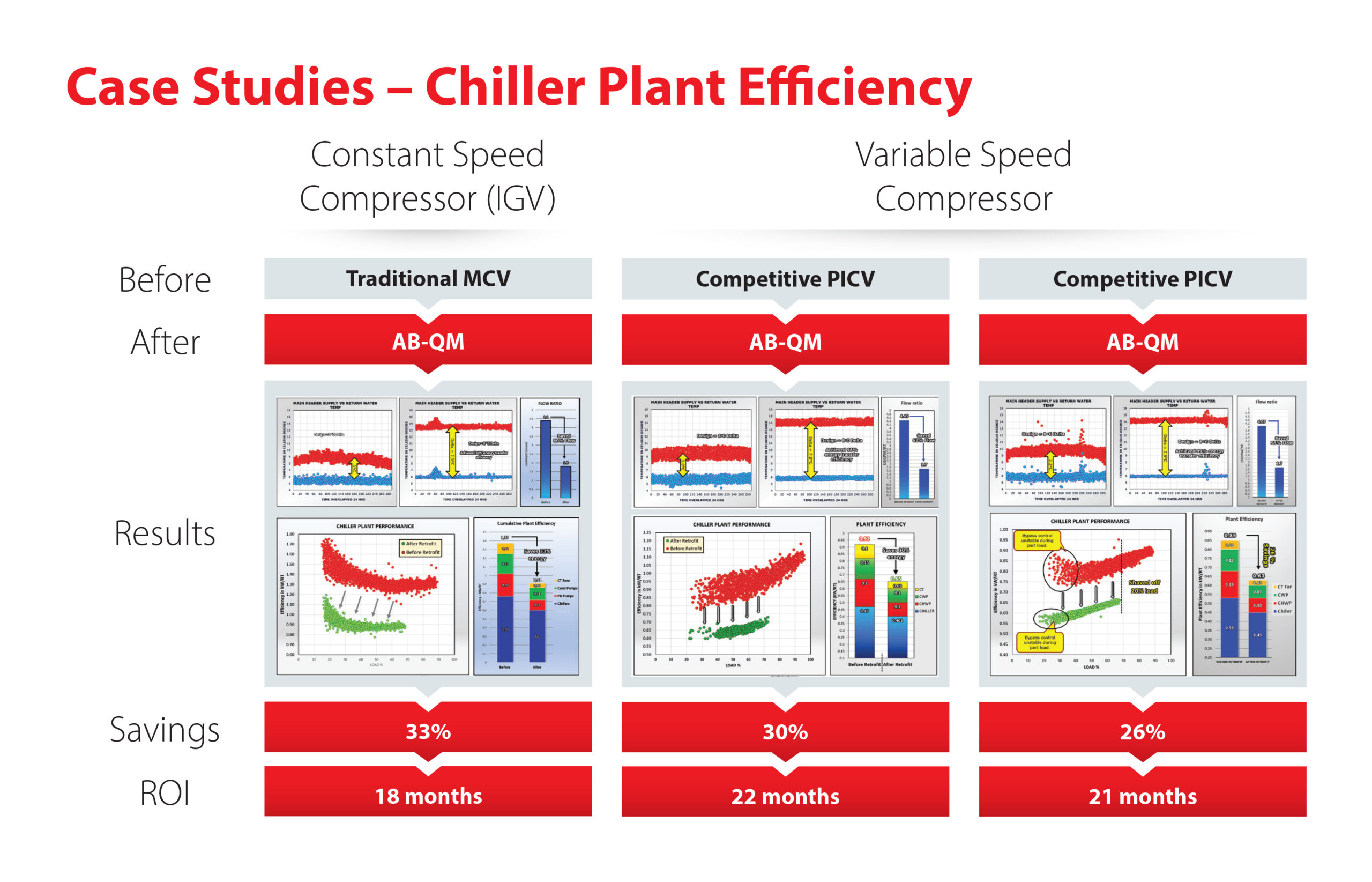
Energy flow management leads to energy savings
Danfoss conducted two studies to explore the impact of optimising a building’s energy flow. First, we looked at residential, multi-family buildings. We constructed two buildings in Silkeborg, Denmark, where we could create the conditions typically found in multi-tenant buildings. We installed differential pressure controls and dynamic balancing valves in one building and left the other one as-is. We monitored both buildings for an entire heating season. As the graph in Figure 1 shows, the building with dynamic balancing had a 30% reduction in cumulative flow; a lower return temperature; and greater flow stability.
The second study focused on cooling in a commercial building in Malaysia. There the Danfoss team ran three separate test scenarios. One, where we installed the Danfoss AB-QM control valve on a traditional motorised control valve and a constant compressor. In the other two scenarios, we installed the AB-QM together with a PICV and a variable speed compressor. As you can see in Figure 2, the use of an AB-QM control valve resulted in 26-33% savings and had an ROI of 18-22 months.
Generating energy savings in the real world
These measures don’t just produce results in the lab. Consider what happened when we applied the same approach to the Danfoss factory in Slovenia. Constructed in the 1970’s, the factory had undergone a minor upgrade of its HVAC system in 2008. The change involved installing fan coils, so the system could heat and cool at the same time. We also installed PICVs on the fan coils.
In 2023, we took the energy retrofits even further by installing a new generation of PICVs and connecting them with digital actuators. By enabling connectivity, building managers could monitor the building’s energy performance, get data on each room’s energy usage and compare that with energy production. Based on the data gathered, they could optimise the energy load according to the way occupants used the building. The result? A 17% reduction in electricity usage.
It’s not a sprint; it’s a marathon
Energy retrofitting is an essential strategy for meeting climate targets and improving the sustainability of our built environment. By leveraging existing technologies building owners can significantly enhance energy efficiency, comply with evolving legislation, and realise long-term financial benefits.
Rome wasn’t built in a day, and we won’t transform all our building stock overnight. However, as these examples demonstrate, small, incremental upgrades can significantly impact a building’s energy performance. So, let’s get started.
References
1 The Building Energy Efficiency Survey 2016

